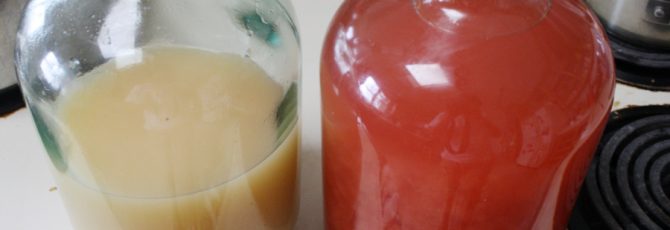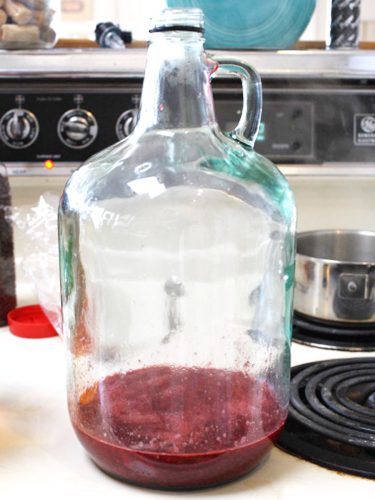This article was originally posted on Nov. 19, 2011 on my homebrew website, Fat Grey Tom’s Cider. It has been re-posted here with the same time stamp.
Apfelwein #5C, aka, should be hooch-tastic but will probably just take forever to ferment. I write this because AW #5C (I don’t know why I settled on the C nomenclature for the sixth gallon on normally 5-gallon batches) is only 1 gallon of apple juice but has an extra 1.5 cups of brown sugar added to it. Which gives it a very dark, almost molasses color.
Just like AW #5, we added Danstar Windsor yeast to ferment it down. And once again, we had no hydrometer to measure. Alas, alas, alas.
That being said, we’ll see how it goes.



























